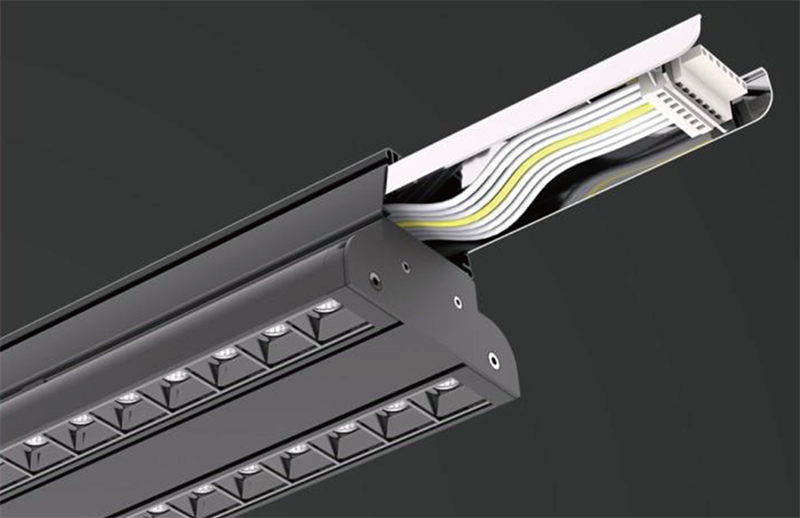Symptoms of the diseased plants are evenly chlorotic to pale yellow, the leaves are thinner, the texture is softer, the tillers of the plants are sharply increased, and they are dwarfed and the roots are poorly developed. The plants that are infected at the seedling stage can not be headed; the incidence of the disease is mild, and the main manifestations are increased tillering and clustering. The individual disease plants have high-node branching, and the leaves are like bamboo leaves.
The pathogen Mycoplasma-like organism is called MOL, which is called mycoplasma. Electron microscopic observation of ultra-thin sections of diseased leaves showed that there were oval or oval-like mycoplasma in the sieve cells, the size of 80-80 nm, no cell wall, only three layers of unit membrane, two layers of protein membrane, the middle is class Lipid film. The shape of the host cell wall can be changed to an amorphous shape and the size is not fixed. It is mainly transmitted by four species of spider mites, Nephotettix cincticeps, N. virescens, and N. nigropictus. The pathogens in the worms are different in temperature due to temperature. The black-tailed spider mites are cycled in the body. When the average temperature is 32 °C, the average cycle is 19 days. The temperature is 15 °C. The virus is not transmitted for 102 days, and the temperature is 17 days. Only individual insects were poisoned, with a cycle of 203.3° for 53.3 days, 24.6 days for 25°C, 22.2 days for 28°C, 21.3 days for 30°C, and 17-25 days for 33-35°C. At the average temperature of 30 °C, the youngest nymphs are poisoned for 10 minutes, and almost all of them can be poisoned for 12 hours. If the temperature is lower than 5 °C, they will not be poisoned. The venom rate at 0 °C was 0-7%, 0-27% at 15 °C, 21-64% at 20 °C, and 50-73% at 25 °C. The rate of translocation of the upper leaves of the black-tailed leafhopper is as high as 67%, the middle leaf is 55%, and the lower leaf is 34%. The insect can be poisoned for life, the transmission rate is as high as 89.3%, and the virus is passed on to the next generation without eggs. Ye Wei has a habit of treating the verticillium wilt.
Pathways of transmission and pathogenesis The pathogens mainly overwinter in the black-tailed spider mites and several wild weeds, which became the source of infection at the beginning of the year. In the middle and lower reaches of the Yangtze River, the early rice was infected with the disease in July. After July, the leaf mites of the egg class were poisoned from the Waseda disease strain and moved to the double-season late rice to spread the poison, causing the onset of late rice. The wintering nymphs overwinter after obtaining the toxicogen from the late rice disease strain. The individual affinity of the leafhopper depends on the early and early winter temperature of the leaf mites and the temperature in winter. If the leaves are poisoned early in winter, the higher the winter temperature, the more infectious individuals will be after wintering. Due to the long-term recovery period of leafhoppers from feeding pathogens to disease transmission for 27-90 days, the incidence is slow. In the late stage of production, the disease is reduced, and the yield is reduced. However, the regenerated rice seedlings or regenerated rice that grows in diseased rice can still develop disease and become a source of infection.
Prevention and control methods The South should focus on prevention and control of early rice growth. (1) Preferred resistant varieties and insect resistant varieties. For example, Fujian's red block is short, Hunan's Xiangba 32, Yuchi 231-8, Taiwan's Taipei 131, Taipei 130, and Agriculture and Forestry 49. The outer-exposed varieties resistant to black-tailed leaves are IR28, Cam Pai30-12-15, Pank hari 203, and the like. (2) Control pests and diseases. Attention should be paid to the adjustment of the life history of four species of leafhoppers of the insect-transmitting mediators to adjust the timing of sowing and transplanting, and to adjust the seedling stage of susceptible disease and the peak period of leafhopper activity. (3) If necessary, spray insecticides during the nursery period and during the tillering period. See the black-tailed spider mites for the type of medication. (4) See other methods for rice yellow disease.
LiteHome`s innovative design of LED Grille Light overturns the concept of commercial Linear Lighting. It can quickly replace traditional 2xT8 tubes lamps and traditional track lights. It also takes into account the function of spotlights to achieve precise angle adjustment without glare (UGR<16). More importantly, LiteHome takes into account the difficulty of replacement and installation. Our Grille Linear lights are compatible with commercial AC220-240V Track rails, which can be used as a fool-proof replacement. Users do not need to hire a professional electrician to replace the lamps and save every time. Electrician fee of 90-150USD per hour. Every design concept of LiteHome is placed in the situation for the users to consider seriously.

Supermarket Lighting,Shelf Lighting,Grille Light,Area Lighting,Commercial Lighting Suppliers
SHENZHEN LITEHOME OPTOELECTRONIC TECHNOLOGY CO., LTD. , https://www.litehomelight.com